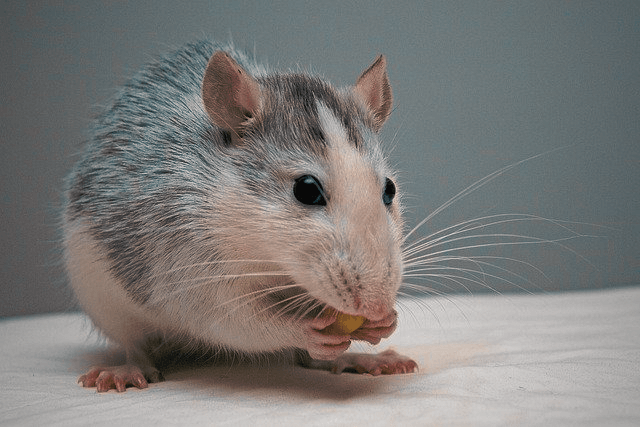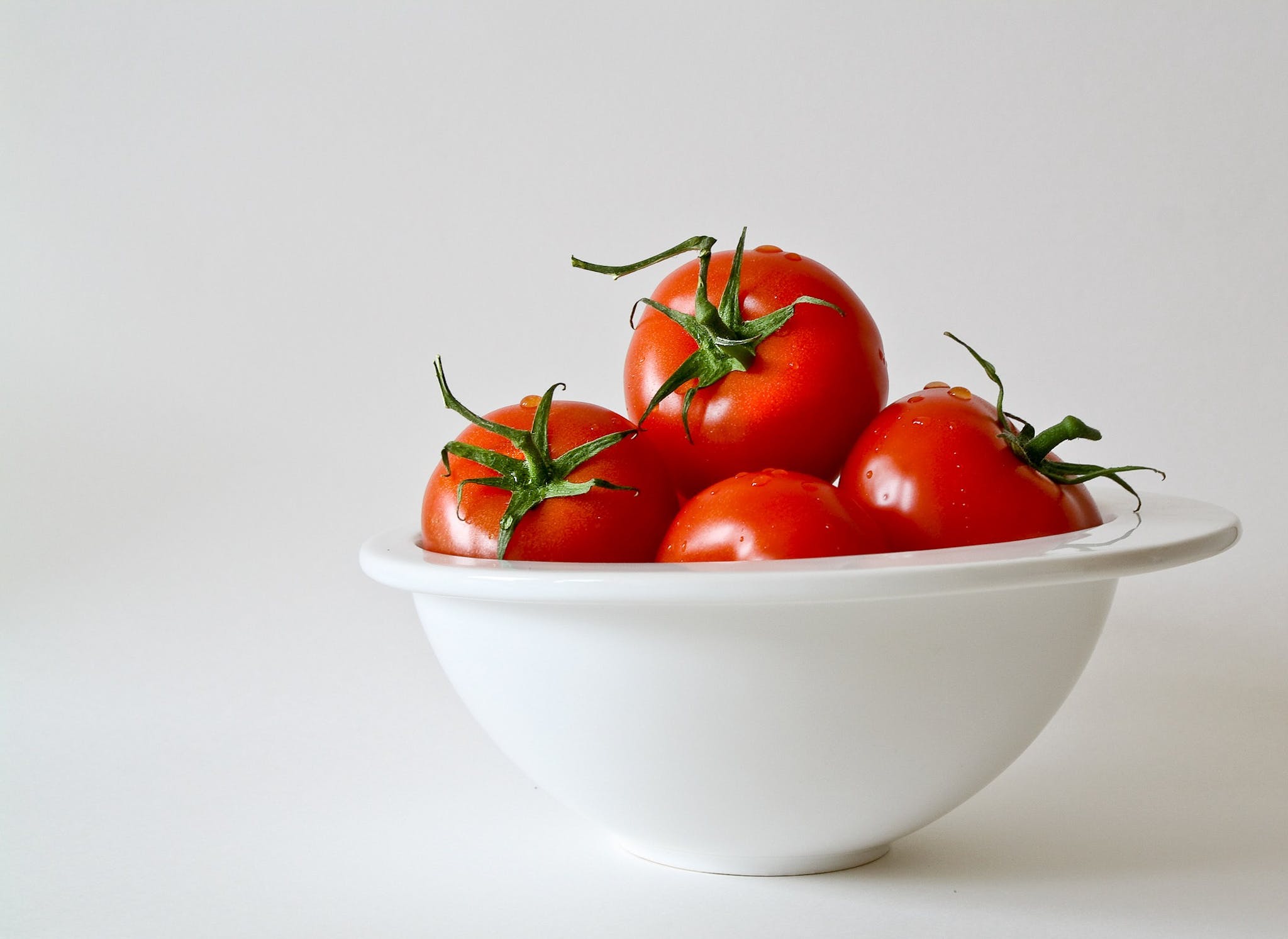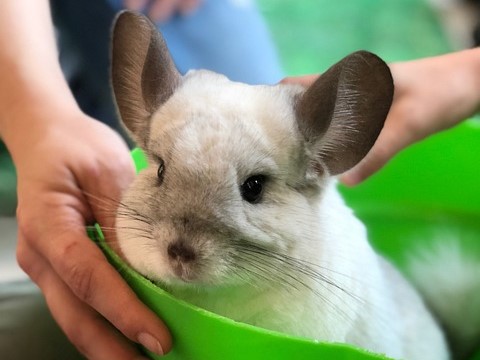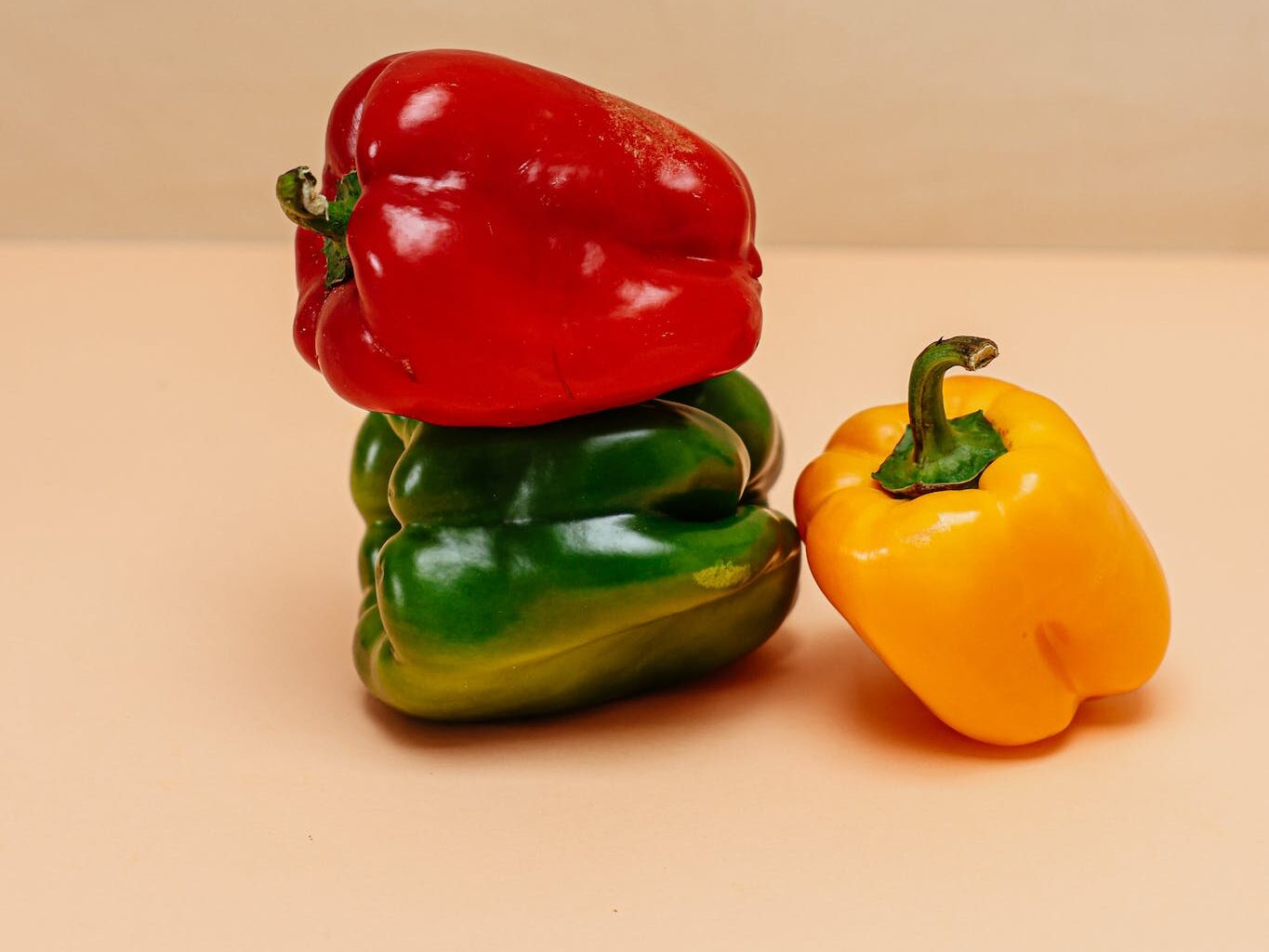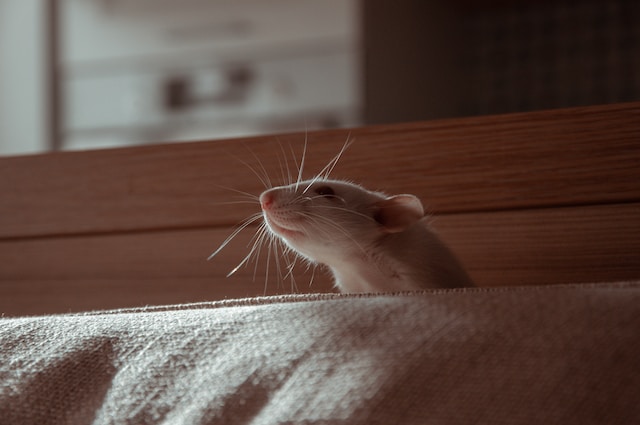How To Feed A Pet Rat: The Right Foods For Healthy Rodents
There are some affiliate links below, but they are all products I highly recommend. For more info, view my disclosure here.
If you’re thinking about getting a pet rat, one of the most important things to consider is what you’ll feed it. A healthy diet is essential for pet rats, and can help prevent disease. Read on and we’ll cover what to feed your pet rat, and how to ensure its diet is balanced and healthy.
Rats are intelligent and furry creatures that can be fun and entertaining additions to your household. Pet rats are some of the easiest small animals to keep around as they don’t drain your energy as much as many other pets do. But what foods do pet rats eat?
They are relatively quiet while still enjoying being in your company as long as you provide lots of love and care to build your bond. It is important to keep them healthy, so they have a nice long life to spend as much time with you.
Like any other pet, proper feeding is essential to ensuring their health and wellbeing. Many people who are considering getting pet rats always ask the question as to what to feed them or the best diet they should follow. In this post, we will provide you with the information you need to feed your rat the right foods, how to manage your rat’s diet, and help you to make sure that you’re providing them with the proper nutrition.
Why is Proper Nutrition Important to Your Pet Rat’s Health?
A rat’s diet should consist of a variety of foods, including fruits, vegetables, and proteins. Rats need to eat a lot because they are constantly growing. For example, a 4-week-old rat will grow up to three times its size in just one month. The proper nutrition for your pet rat is important for their health because it helps them grow and stay healthy.

The Importance of a Healthy Diet for Pet Rats.
Proper Nutrition is Essential for Pet Rat Health
As with any living creature, proper nutrition is essential for pet rat health. A healthy diet helps rats to maintain a strong immune system, prevents obesity and other health problems, and can even extend their lifespan.
There are a few things to keep in mind when feeding your pet rat. First, rats are omnivores, which means they need a diet that includes both plant and animal products. Second, rats have high metabolisms and require more calories than other small mammals. Finally, because they are small animals, rats need a diet that is high in protein and fat to help them grow and thrive.
A variety of fresh foods should be offered to pet rats on a daily basis. This includes dark leafy greens, vegetables, fruits, meat, and bugs. Feeding your pet rat a variety of foods will ensure they are getting the nutrients they need to stay healthy.
In addition to fresh foods, commercial rat food is also an option. These diets are typically made from a mixture of grains, seeds, nuts, and dried fruits and vegetables.
They also usually contain added vitamins and minerals to help balance the diet. When choosing a commercial rat food for your pet rat, be sure to choose one that is specifically designed for rats and not another type of rodent such as hamsters or gerbils.
Feeding pet rats is easy with the right tools and information. Be sure to offer a variety of fresh foods as well as commercial rat food to provide your pet with the nutrients they need for good health.
What Foods Do Pet Rats Eat?
Before we get started, it is important to understand a few things about rat diets. Rats are omnivorous and will eat a wide variety of foods, from fresh food like fresh vegetables and fruits to seeds and nuts. Some rats will eat just about any and everything offered, which can be a good thing as you shouldn’t have to deal with a picky eater.
Having a wide variety of food is a good choice that will help to improve their already excellent intelligence and increase their happiness. As you get to know your pet rat, you’ll figure out their favorite foods and you can give them more of those.
There are a few specific things that you should consider feeding your rat on a regular basis.
The first of these is good quality rodent food. A good rat food is well balanced, and will also contain essential vitamins and minerals. You want to select rat pellets that contain at least 16% protein content and 4-5% fat content for a balanced diet.
You want to keep fresh water in their water bottle or other water source at all times. It is also important to make sure that the food you are providing your rat is clean and fresh. If the food is dirty or has been sitting around for a long time, your rat will likely not enjoy it and may not eat it.
When feeding your pet rat, you need to consider adding natural ingredients in a combination of fresh fruits and vegetables. Some of these fruits and vegetables may include pears, apples, melons, citrus fruits, stone fruits, green leafy vegetables, bananas, cabbage (avoid the red ones), carrots, broccoli, celery, berries, Asian greens, peas, and fresh corn (keep this quantity small).
Another important thing to keep in mind when feeding your rat is their caloric needs. Rats are active creatures, and need a good amount of energy to stay healthy. Make sure to give them enough food to keep them energetic, keep them on a healthy diet, but be careful not to overfeed them. Overfeeding can lead to obesity and health problems in your rat.
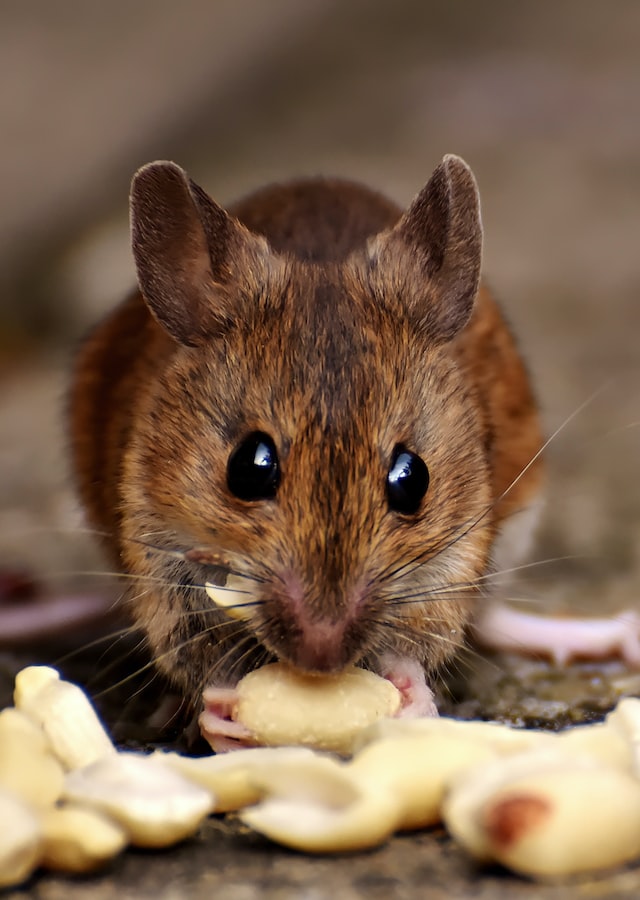
It is not ideal to mix seeds with grains simultaneously as this combination may contain too much fat and sugar. Rats tend to become obese quickly, so you have to be careful how much you feed them and what. In addition, not having the right mix of food can be detrimental as well, seeing they can get picky and only select what they feel like eating from the mix and could become malnourished.
When considering giving them occasional treats, you can be selective of what to give as a lot do have beneficial nutrients for their bodies. Some of the healthy treats you can give include a variety of fruits, grains, cooked pasta, green beans, cereals, bread, seeds, and biscuits.
Sunflower seeds are a popular option, but they can be a bit high in fats, so very small amounts are always a good idea. In addition, ensure you change their water quite often as the fresher the water, the better for their health.
If you are considering changing your pet’s diet, it is important to do so gradually to avoid gastrointestinal upsets. Furthermore, there are certain things that you should keep away from their diet at all costs to help them lead a healthy life.
Some of the food items to avoid include green bananas – which contain starch-digesting enzymes, orange juice, avocado, raw artichokes, mango, raw sweet potato, blue cheese, and any form of sticky foods like candy, peanut butter, and dried fruits – these could cause choking.
Staying away from raw sweet potatoes is important, because it forms a cyanide reaction in a rat’s stomach and is dangerous.
Rats do eat a lot less when compared to many other animals such as cats and dogs. While a lot of them get creative with their eating, you too can make the experience exciting.
Rats are known to scavenge for food, so putting it in different places will increase their intelligence as well as control their eating habits and times. Here are some cool ways to improve the way they eat…
- Put their treats at different points around their cages – Instead of putting it in one place, you can place different things at different places around their cage, so they burn a few calories leading to their next eating time.
- Interactive toys – these include letting the rat solve a simple yet interesting puzzle to receive their food. It is a great way to control their eating while developing their cognitive skills.
Their teeth are a critical part of their whole diet process as they have to be in good shape to chew efficiently. As such, it is important to supply them with chew items such as cardboard, softwood, cardboard tubes, or coconut shells. However, before giving them wood, it is best to bake on low heat, wash thoroughly, and then add to their cage.
A Pet Rat’s Diet and Obesity
Rats are among the most common types of animals to suffer from obesity as they tend to eat anything their little paws grab hold of. You have to ensure you manage their diet effectively to have healthy rats, so they don’t develop unnecessary fat under the skin.
Including the right nutrients works with exercise as they need to burn any excess calories so they stay in shape for their small size. But, being in a cage is not so much of an issue once they have enough interactive toys so they can have a little bit of everything as their active lifestyle will eliminate all unnecessary fats.
Also, don’t “treat” them all the time but more like occasionally.
Additional supplements are always important to be added to their diet as aside from the store-packaged supplements, you can also make your own at home. As for store-bought food, when shopping around, ensure you go for food that has been specifically designed for rats.
After all, their nutrient intake is relatively different from those of other animals. A combination of good rat block and fresh treats is one of the best ways to give them a balanced diet.
So, there you have it – the basics of how to feed a pet rat. In the future, we will be posting more in-depth articles on topics like training your rat, how to get your rat used to living in a new home, and more. So be sure to check back regularly for updates!
